🎣 Trump's Tariffs Weekly Recap
Plus: LAPD busts a $3.9M cargo theft ring, Nuvocargo and UPS expand in North America, U.S. moves to ease rules for self-driving trucks, Funny Freight Friday, and more.
A few years ago, I came across this image online that broke down the U.S. highway numbering system, and it surprised me how straightforward it actually is.

Welcome to The FreightCaviar Tuesday-Thursday Newsletter, where I share insights and updates on the U.S. freight brokerage and trucking industry.
In today’s newsletter, we’re diving into something every freight broker, dispatcher, and trucker should know: the U.S. highway system.

Introducing freightjobs.co – Your Go-To Freight Industry Job Board.
We’re thrilled to announce the launch of our new freight job board: freightjobs.co. Whether you're looking to hire top talent or land your next role, we’ve got you covered.
Ready to get started?
Special thanks to CGP Grey for the fantastic breakdown of the U.S. highway system that inspired this newsletter. Most of the information and screenshots in this edition are based on his video, "The Interstate's Forgotten Code." Be sure to check it out for a deeper dive into this topic.

The U.S. Interstate Highway System was established in 1956 during President Eisenhower’s administration and inspired by the German Autobahn, it was designed to boost national defense, commerce, and connectivity.
This network of roads didn’t just connect cities; it changed the game for the logistics industry by making it faster and easier to move goods across the country.
A few years ago, I came across an image online that broke down the U.S. highway numbering system, and it surprised me how straightforward it actually is.
Considering how often we communicate with truckers, I thought it would be worth sharing this knowledge to make things a bit easier for everyone.
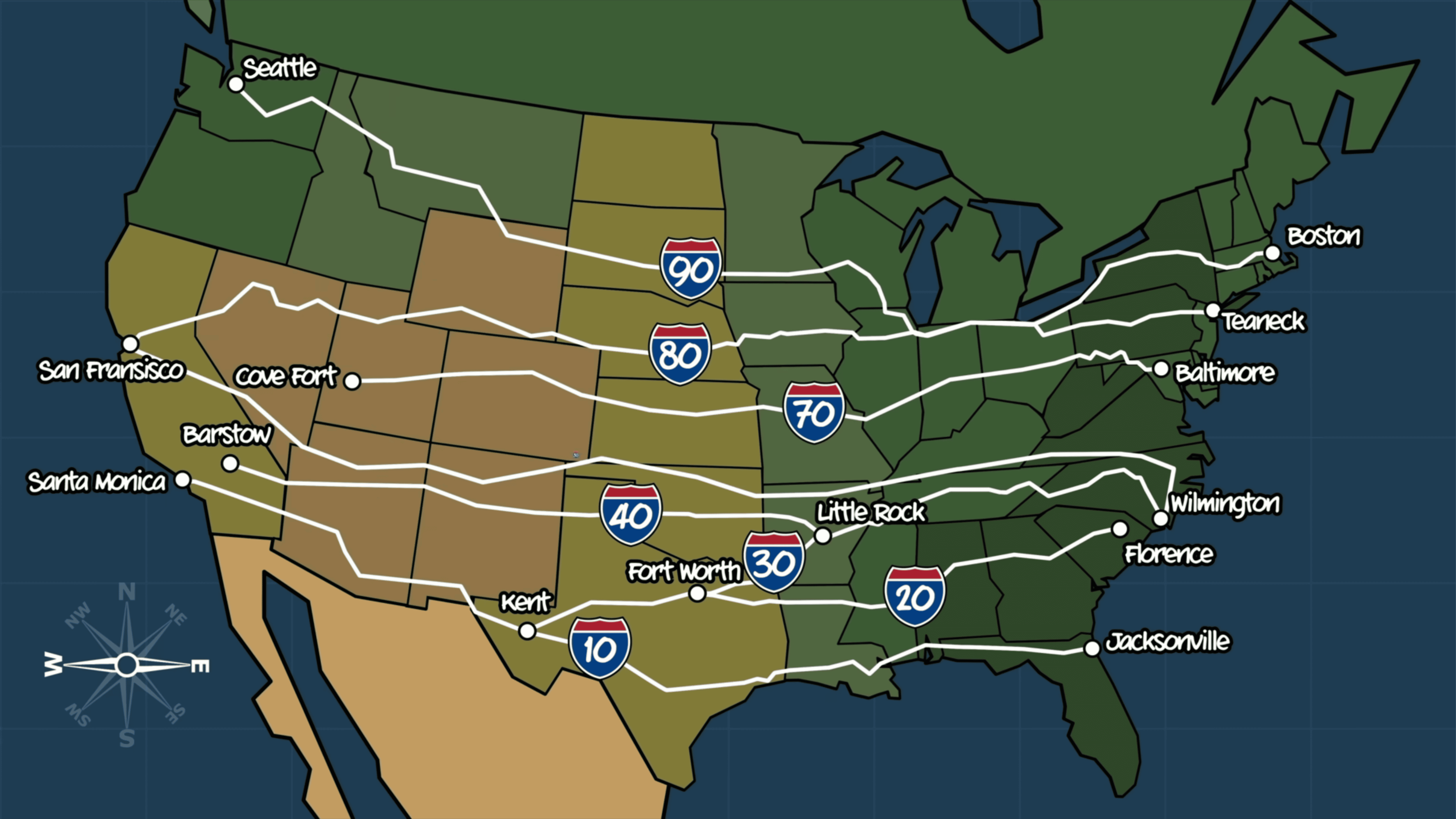
Interstates running east-west have double-digit numbers ending in zero. The lower the number, the further south you are. For example:
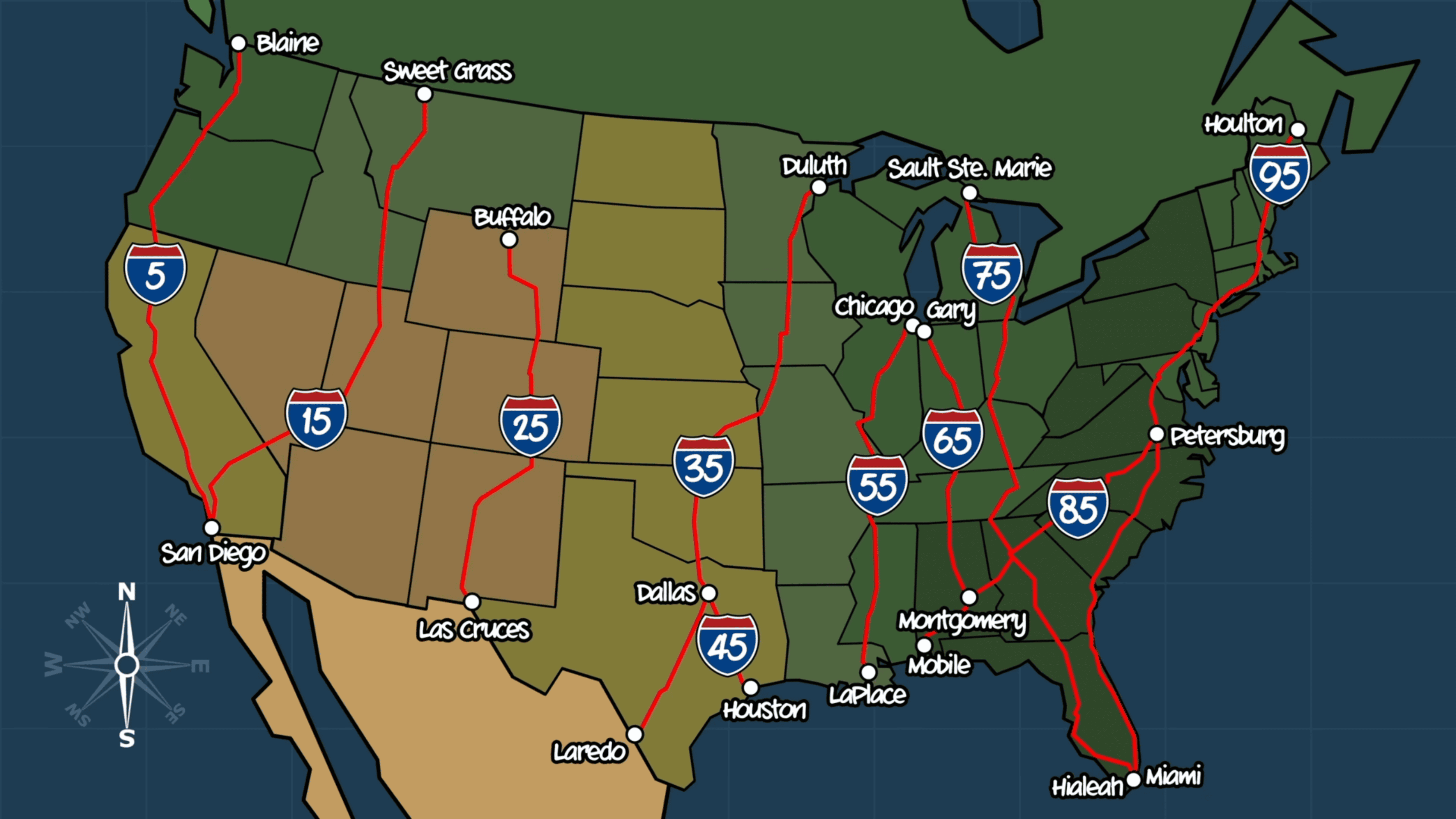
These have double digits ending in five. The lower the number, the further west you are. For example:
Interstate Minors are three-digit spurs or loops that branch off a Major interstate. They work like this:
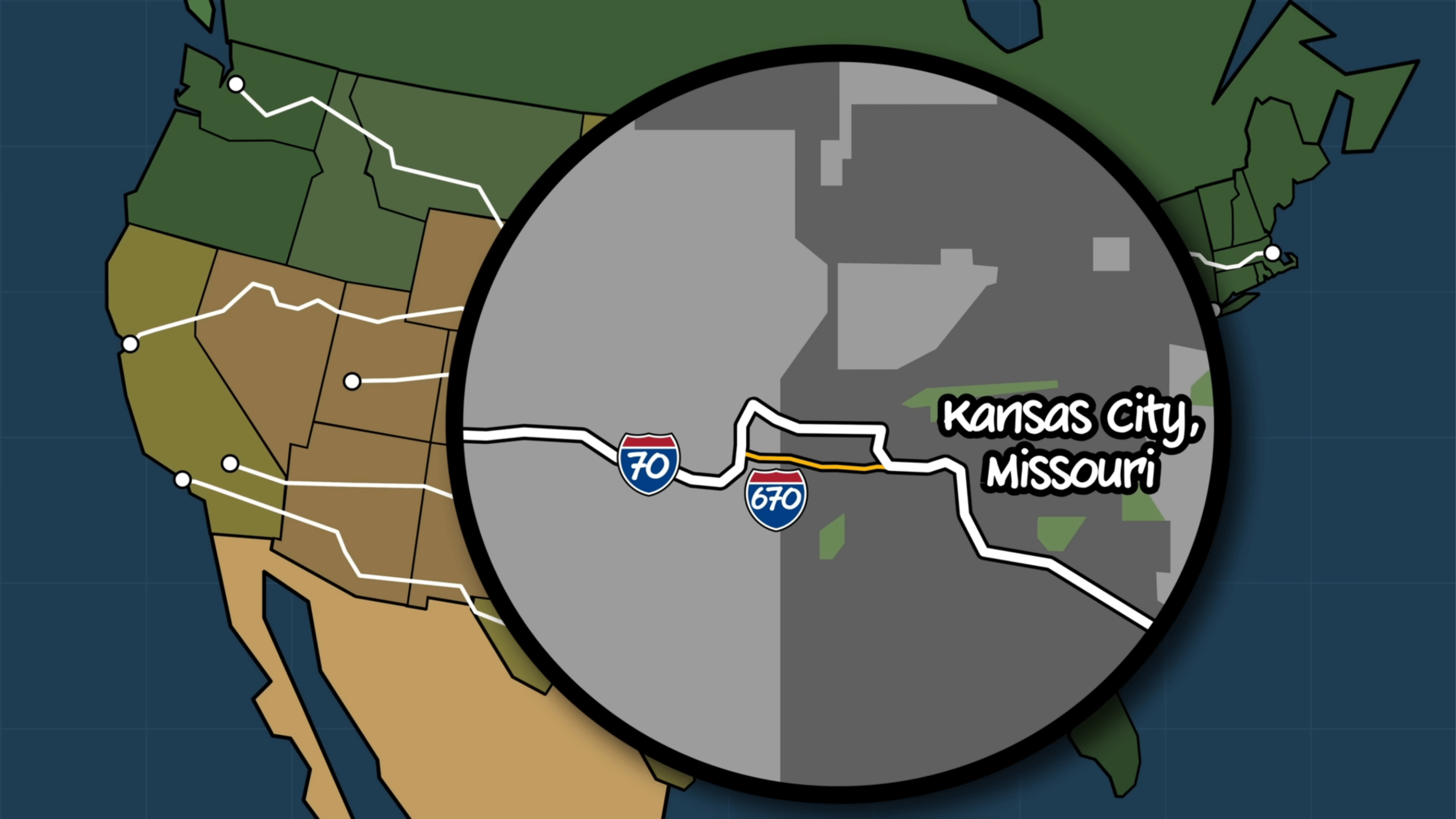
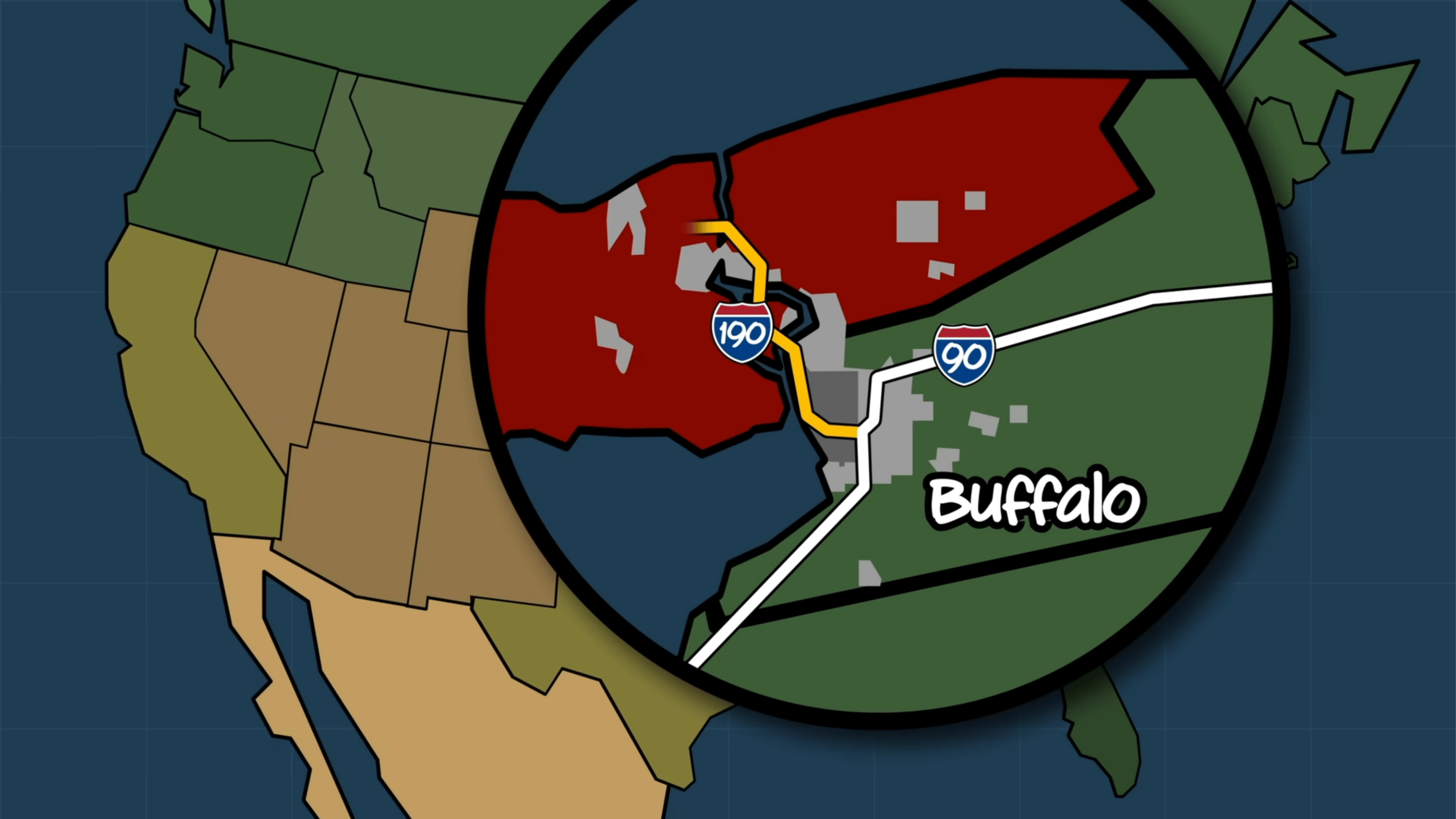
Like any good system, there are always exceptions:
Next time you’re on the road or getting a tracking update from a truck driver, take a moment to appreciate the thought behind these highways—they’ve been guiding drivers for decades.
FreightCaviar has partnered with AscendTMS to offer freight brokers a powerful, free transportation management system to simplify every aspect of your business.
From managing loads to invoicing and customer relationships, AscendTMS has all the tools you need to operate more efficiently and profitably.
Key Benefits:
Exclusive Offer: Get 3 Months Free of AscendTMS Premium.
Use reference code RA-FreightCaviar! to unlock 3 months of AscendTMS Premium at no cost & no credit card required. Create your free premium account in just 20 seconds by clicking here.
FREIGHT MEME OF THE DAY
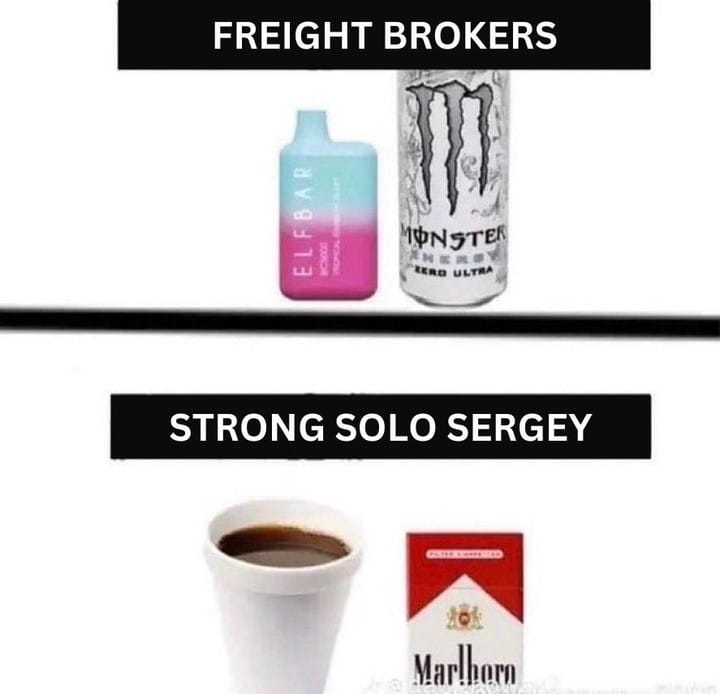
Join over 12K+ subscribers to get the latest freight news and entertainment directly in your inbox for free. Subscribe & be sure to check your inbox to confirm (and your spam folder just in case).